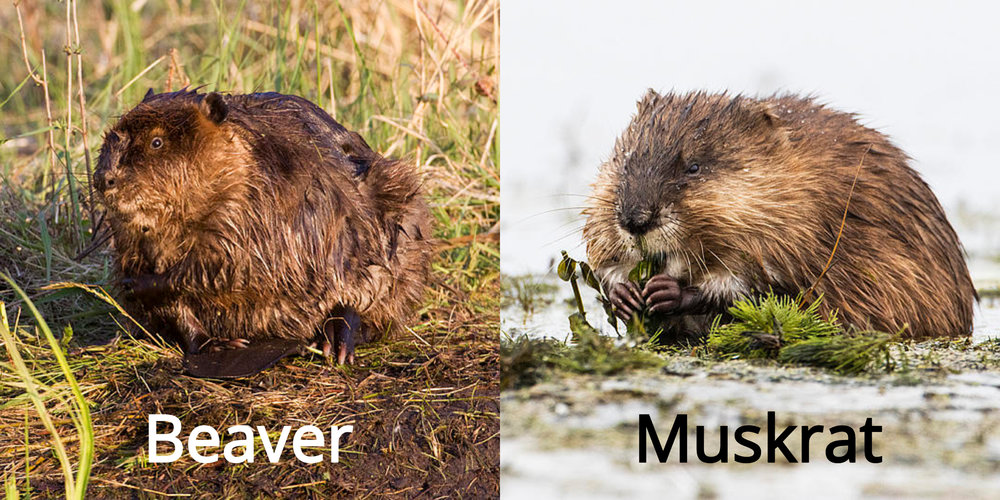Photo from ealt.ca.
A University of Rhode Island graduate student is leading a study to understand the changing distribution of beavers and muskrats around the state.
John Crockett, aided by Assistant Professor in URI’s department of national resources science Brian Gerber, has been doing a study on the distribution of the creatures that were once known to roam Rhode Island freely.
“The goal of this study is to better understand what areas [beavers, muskrats and river otters] are using,” Crockett said. “We know that all three are common in wetlands across the state, but there are a broad range of habitats that we classify as wetlands – everything from beaches to swampy parts of forests to mudflats.”
Crockett pointed out that although none of these species are endangered, the muskrat population has declined in recent years. All three species are native to Rhode Island, but beavers left the area in the 19th century and only returned in the 1980s.
These species used to be prolific animals in New England, though now they are almost completely absent from the area, according to Gerber.
He also said that beavers are often viewed as a problem, as they make dams, which can break, leading to a breach and overflow of water, ultimately causing flooding in basements. The study will help them see where the issues stem from and how to live with the beavers.
Previous data from trappers, while helpful, does not provide the full picture due to trappers choosing sites randomly Crockett said. This is why the field research that he is important for this project.
“The field research is collecting data on the occurrence of these species, looking for signs,” Gerber said. “Signs can be chewed up sticks, which could be a muskrat or a beaver or river otter debris. We look for these various types of signs, it’s much harder to find the actual species but we can look for these clues to get an idea of where they’re active.”
The researchers are working to detect where these species might be active by setting up grids that are 0.25 kilometers wide in wetlands all over Rhode Island. They will walk or kayak to the sites that they chose and record signs of the species.
There have been some hardships in this research, as it is difficult to separate detection and use of an area by these animals.
“If you go out to a pond and see a muskrat you know that muskrats use that pond,” Crockett said, “but if you go out to a pond and you don’t see a muskrat there, it’s not necessarily clear whether that means that muskrats don’t use that pond or that they do but you didn’t see them that day.”
In order to get past this, there are ways to detect animals and clues that the animal is around. Winter is a prime time to look as there is less vegetation in the way and snow prints. Using these types of indicators, they can decide if the animals are inhabiting a given area.
Crockett and Gerber are using previous data, such as records of debris, living areas and roadkill. They will use both the previous and new data as a way to understand the changing tides of the distribution of the species.
“What we generally understand is where they were abundant and not abundant and we can get from previous harvest records of how many beavers or muskrats were harvested,” Gerber said.
Crockett and Gerber plan to continue the study through the winter.

